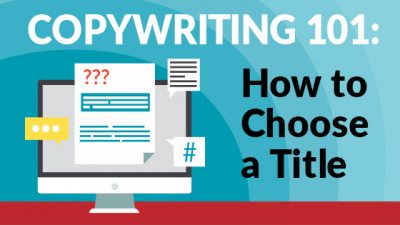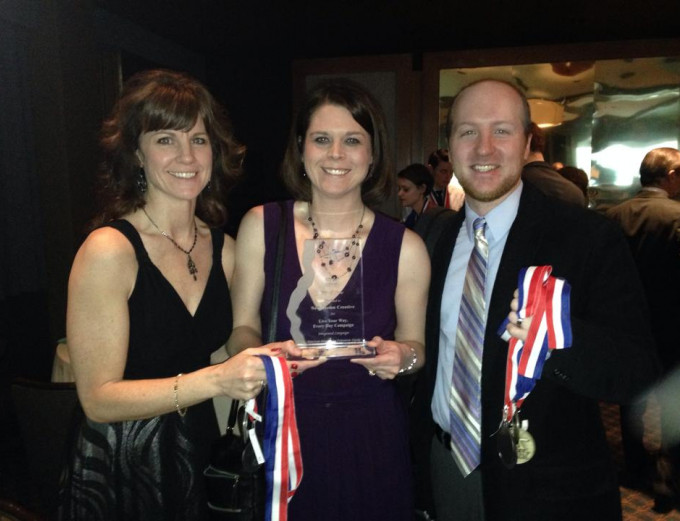Copywriting 101: How to Choose a Title
by New Boston on April 14, 2020
So you’ve been working on a project for months, and you’re finally ready to share it with the world. There’s just one problem: untitled.doc isn’t going to cut it anymore.
You need a title. A real one.
We’ve all been there, whether it’s a book, a blog post or a video. Here are the rules for choosing a title, whatever the piece.
Consider your audience
Keep this in mind: The title is not for you. It’s for your audience. Its goal is to alert your target audience of your project, give them a clue what it’s about, and, hopefully, make them want more. Titles and names are often a group decision, which can lead to choices that were obviously based on internal politics, biases or a “clever idea” had by someone in an authority position. Focusing on choosing a title from your audience’s perspective will give you (or your group) some direction.
Do your research
If you’re titling something that will live online, you need to optimize for search engines. If you have time to do some keyword research, great! There are many free online tools available to help you find just the right words to use.
If not, just think about it logically — what would your audience type into a search engine to find this content? Consider using that as the title.
For other types of projects, look into what similar endeavors are called. This can give you great ideas and help you avoid accidentally using the same name as someone else did.
Keep it short and snappy
Give as much information about your piece as you can in as few words as possible.
Make sure it’s descriptive…
Often I see titles that are (to use a technical term) “cutesy.” They sound good, but they mean absolutely nothing. A vague title may seem like it will draw more people in, but it usually does the opposite. Someone should be able to read your title and know, generally, what your piece or project is about.
...But be clever if you can!
If you have an opportunity to make a pun, a play on words, a double meaning, do it! Just not at the expense of clarity.
Use a subtitle if more explanation is needed
Don’t lean on subtitles but don’t be afraid to use them, either. A title like “Copywriting 101” with a subtitle like “How to Choose a Title” gives you a short and catchy title plus a description that aligns with what your audience may be searching for. (It’s almost like I did it on purpose.)
That’s all, folks! Go forth and share your project with the world!





